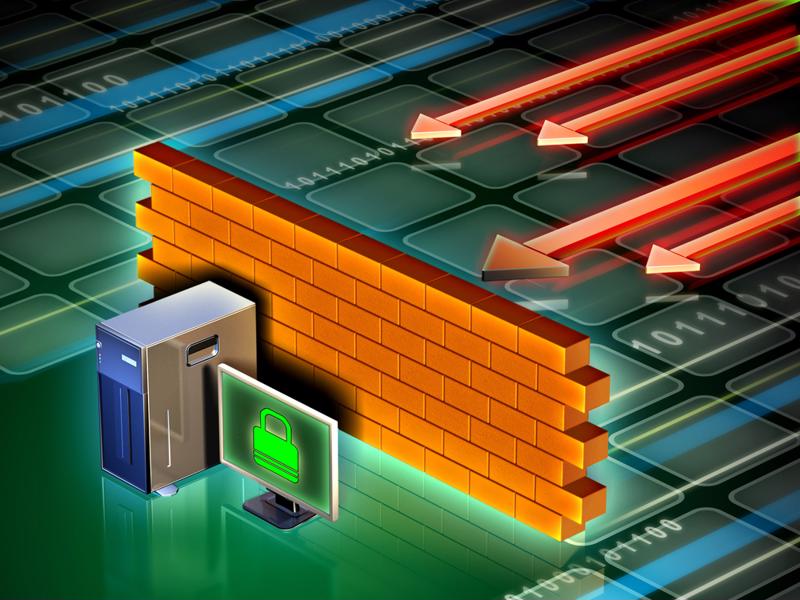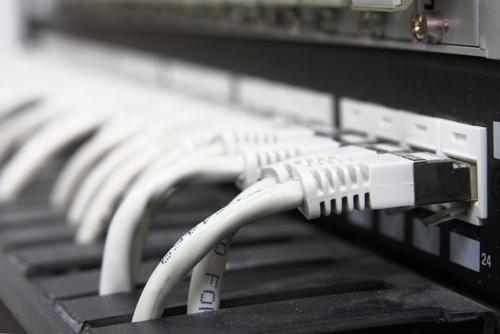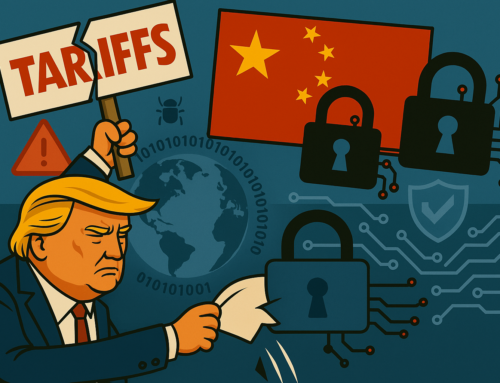Your dealership, as with any independent business in today's digital-enabled world, should value connectivity. This likely means operating an enterprise-grade local area network, connecting employee PCs, printers and servers to grant employees access to centralized tech resources. Your apps and data become accessible from all parts of the dealership – or from outside via a virtual private network – and workflows become easy and seamless.
There's one element of LAN setup you should focus on to make sure the system becomes a value-adding tool instead of a liability: You should ensure your LAN has adequate intrusion prevention systems to keep malicious third parties from compromising your essential business data. Security is one of the details of your systems that receive a thorough check during an IT assessment, alongside physical assets such as routers and switches. If experts determine your system to be at risk, it's time to work on improvements.
What makes a secure LAN?
Having the right technology and support in place is essential in running a secure network. Newegg contributor Adam Lovinus noted that your choice of router may determine whether you have certain built-in security features, such as a firewall to deflect outside intrusions. More expensive, enterprise-grade routers tend to have more built-in protective features than more consumer-centric offerings. Louivins added that companies shouldn't operate without security features.
It's not just hardware that can put your information at risk of intrusion. As IT Pro Portal contributor Paul Leybourne pointed out, unsafe configuration choices can provide ways for criminals to access networks. It's important for access to be restricted to employees who have to use certain programs or resources. When there's unrestricted access to too many applications or databases, attackers who access certain weak parts of the system can expand their reach with little effort.
Leybourne recommended dividing up data and applications by their importance and purpose. This will make it simple to segment access and restrict activity to approved users. Strict traffic monitoring to sensitive files can prevent security issues from snowballing rapidly into worse problems. Whether you optimize your LAN internally or employ an expert IT service to provide this kind of up-close work, keeping the network optimally protected is a major part of modern security.

Defending your network from intrusions
Having protective software installed on all important components of the network is essential, and it's only the beginning. Network Computing offered a reminder that software should be updated to its latest versions. This doesn't just mean protective systems, either – everything running on your servers and PCs should be up to date.
Furthermore, you should keep your employees informed of security best practices. When your team members aren't aware of the latest crop of threats, they may stumble into trouble with clever hacking methods such as phishing, designed to trick users into allowing criminals into your company's systems through false links or file attachments.
When an IT assessment determines that your network has weaknesses to patch, it's up to you take action. Third-party IT services can upgrade your hardware and software, and assign support teams to make sure your IT setup remains safe going forward.








